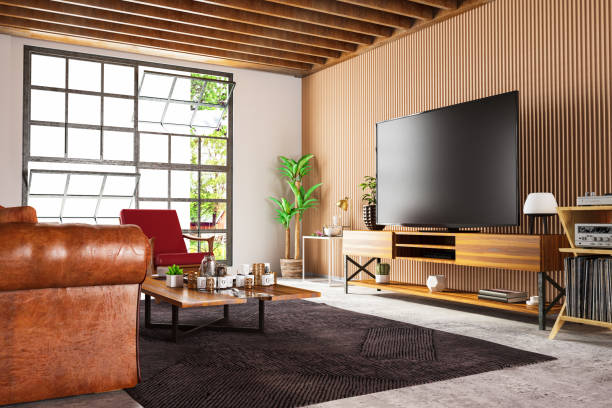wooden panels for walls

Wooden panels for walls have become a popular choice in interior design, adding warmth, character, and a touch of nature to any space. These versatile elements can transform the ambiance of a room, offering both aesthetic appeal and practical benefits. In this comprehensive exploration, we’ll delve into the various aspects of using wooden panels for walls, covering their types, installation methods, design possibilities, maintenance, and environmental considerations.
Types of Wooden Panels:
Wooden panels come in a diverse range of types, each with its unique characteristics and applications.
- Solid Wood Panels: Crafted from a single piece of timber, concrete wood panels showcase the natural beauty of wood grains. Common wood types include oak, pine, cedar, and walnut.
- Engineered Wood Panels: Comprising layers of wood veneer glued together, engineered wood panels offer enhanced stability and durability. They are often more resistant to changes in temperature and humidity compared to solid wood.
- Reclaimed Wood Panels: Salvaged from old buildings, barns, or industrial structures, recycled wood panels add a rustic and environmentally friendly touch to interiors.
- MDF (Medium Density Fiberboard) Panels: Composed of wood fibers and resin, MDF panels provide a smooth and uniform surface. They are often used for modern, sleek designs.
- Plywood Panels: Constructed by layering thin sheets of wood veneer with the grain direction alternating, plywood panels offer strength and stability. They are suitable for a variety of applications.
Installation Methods:
Installing wooden panels requires careful planning and execution. The choice of installation method can significantly impact the final look and feel of the walls.
- Paneling: The traditional method involves attaching wooden panels directly to the wall studs, creating a seamless and cohesive look. Tongue-and-groove or shiplap paneling is commonly used for this purpose.
- Cladding: Wood cladding involves covering the existing wall with wooden panels. This method adds texture and dimension to the space while allowing for easy removal or replacement.
- Floating Panels: Modern and innovative floating panels are attached to a framework that is mounted on the wall, creating a dynamic and visually striking effect.
Design Possibilities:
Wooden panels offer limitless design possibilities, allowing homeowners and designers to express their creativity.
- Patterns and Arrangements: Experimenting with different panel arrangements, such as herringbone, chevron, or geometric patterns, can create visually appealing focal points.
- Staining and Finishes: Choosing the right stain or finish enhances the natural beauty of the wood. From light and airy to dark and dramatic, the options are vast.
- Combining Materials: Pairing wooden panels with other materials like metal, glass, or stone can result in a unique and eclectic design that suits various interior styles.
Maintenance:
Proper maintenance ensures the longevity and beauty of wooden panels.
- Regular Cleaning: Dusting and wiping the panels with a soft, damp cloth helps prevent the accumulation of dirt and grime.
- Sealing and Coating: Applying a protective sealant or coating helps safeguard the wood from moisture and other environmental factors.
- Avoiding Harsh Cleaners: Harsh chemical cleaners can damage the finish of wooden panels. It’s recommended to use mild, wood-friendly cleaning solutions.
Environmental Considerations:
Choosing wooden panels aligns with sustainable and eco-friendly design practices.
- Sustainable Sourcing: Opting for panels made from sustainably harvested or certified wood ensures responsible forest management practices.
- Recyclability: Wood is a renewable resource, and many wooden panels can be recycled or repurposed, reducing environmental impact.
- Energy Efficiency: Wood has natural insulating properties, contributing to energy efficiency in buildings.
In conclusion, the use of wooden panels for walls combines aesthetics, functionality, and sustainability. Whether seeking a classic, rustic look or a contemporary and sleek design, wooden panels provide a versatile and timeless solution for interior spaces. From installation methods to design possibilities and maintenance, the considerations outlined here empower homeowners and designers to make informed choices when incorporating wooden panels into their living spaces.




Leave a Reply